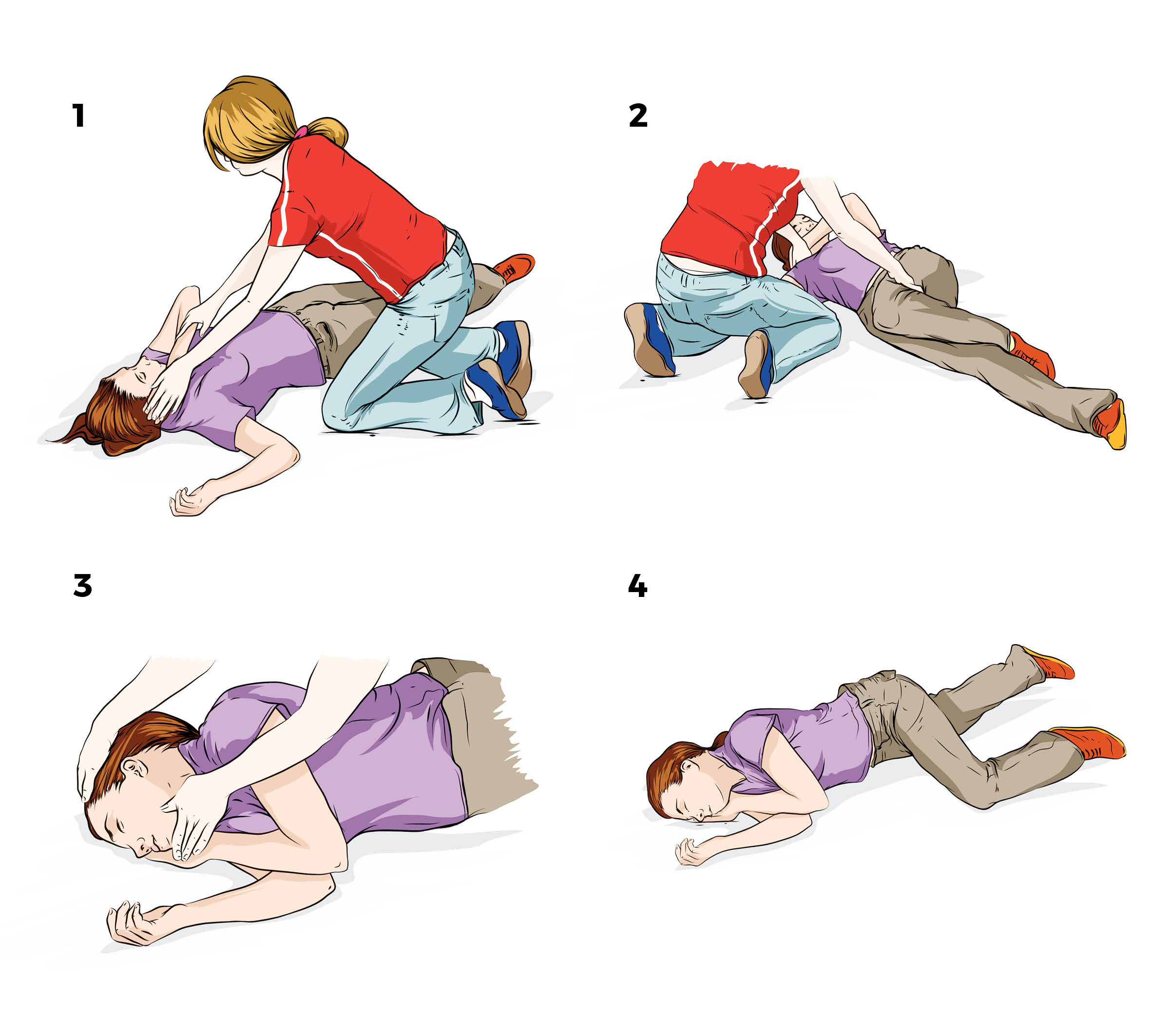Cocaine
Also called blow, coke, Charlie, snow
Cocaine is a stimulant drug made from leaves from the coca bush. Stimulant drugs increase brain activity and intensify the messages between the brain and the body.
What does it look like?
- White crystalline powder (cocaine hydrochloride)
- Off-white crystalline block (freebase/crack cocaine - rarely found or used in Australia)
- Snorted
- Smoked
- Swallowed
- Injected
People may use cocaine to feel euphoric, or to feel alert and confident. Other short-term effects include:
- Dry mouth
- Increased heart rate
- Increased body temperature
- Reduced appetite
- Confusion
- Agitation
- Anxiety
- Paranoia
- Hallucinations
People who inject are at higher risk of additional harms such as:
- Blood-borne viruses
- Bacterial and fungal infections
- Damage to the circulatory system
- Increased likelihood of overdose
Cocaine affects people differently depending on a range of factors including how strong it is, how much is consumed, whether it is used with other drugs, and the individual characteristics of the person. It is important to remember that there is no safe level of use.
- Sleeplessness
- Loss of appetite
- Sexual dysfunction
- Decreased motivation
- Mood swings
- Increased risk of heart disease
People with pre-existing mental health conditions are more likely to experience:
- Hallucinations
- Depression
- Anxiety
- Paranoia
- Spending a great deal of time getting, using, or recovering from the effects
- Using in greater amounts, or for longer than originally planned
- Needing to use more to get the same effect
- Having cravings, difficulties stopping/reducing use
- Experiencing withdrawal symptoms
- Social problems including relationship issues, financial problems, impacts on study or work and legal problems
Withdrawal symptoms may be unpleasant, but will lessen over time. Common withdrawal symptoms include low mood, poor sleep, cravings, and irritability.
Sometimes it can take a few attempts to cut back or stop.
- Focus on reasons for cutting down or stopping
- Avoid ‘triggers’ (i.e. things associated with using such as places, people and stressful situations)
- Ask a friend, family member or health professional for support
Using cocaine while pregnant is linked to higher rates of miscarriage, premature birth, stillbirth and other complications. People who are concerned about their cocaine use while pregnant or breastfeeding should talk to their doctor or health professional.
Adis 24/7 Alcohol and Drug Support is a 24 hour, 7 day a week confidential support service for people in Queensland with alcohol and other drug concerns, their loved ones and health professionals.
Talk to us. Anytime, anywhere.
1800 177 833
Signs of a cocaine overdose may include:
- Chest pain
- Vomiting
- Fast or irregular heartbeat
- Irregular breathing
- Seizures
- Extreme anxiety
- Panic
- Agitation
If the person has collapsed or lost consciousness, call an ambulance on triple zero (000). If they have stopped breathing commence CPR. If they are breathing normally, place them into the recovery position.

Adis - Understanding Cocaine Fact Sheet
Adis fact sheet about cocaine, also known as blow, coke, charlie, snow.
Take a self assessment quiz, it's free and only takes 5 minutes.
